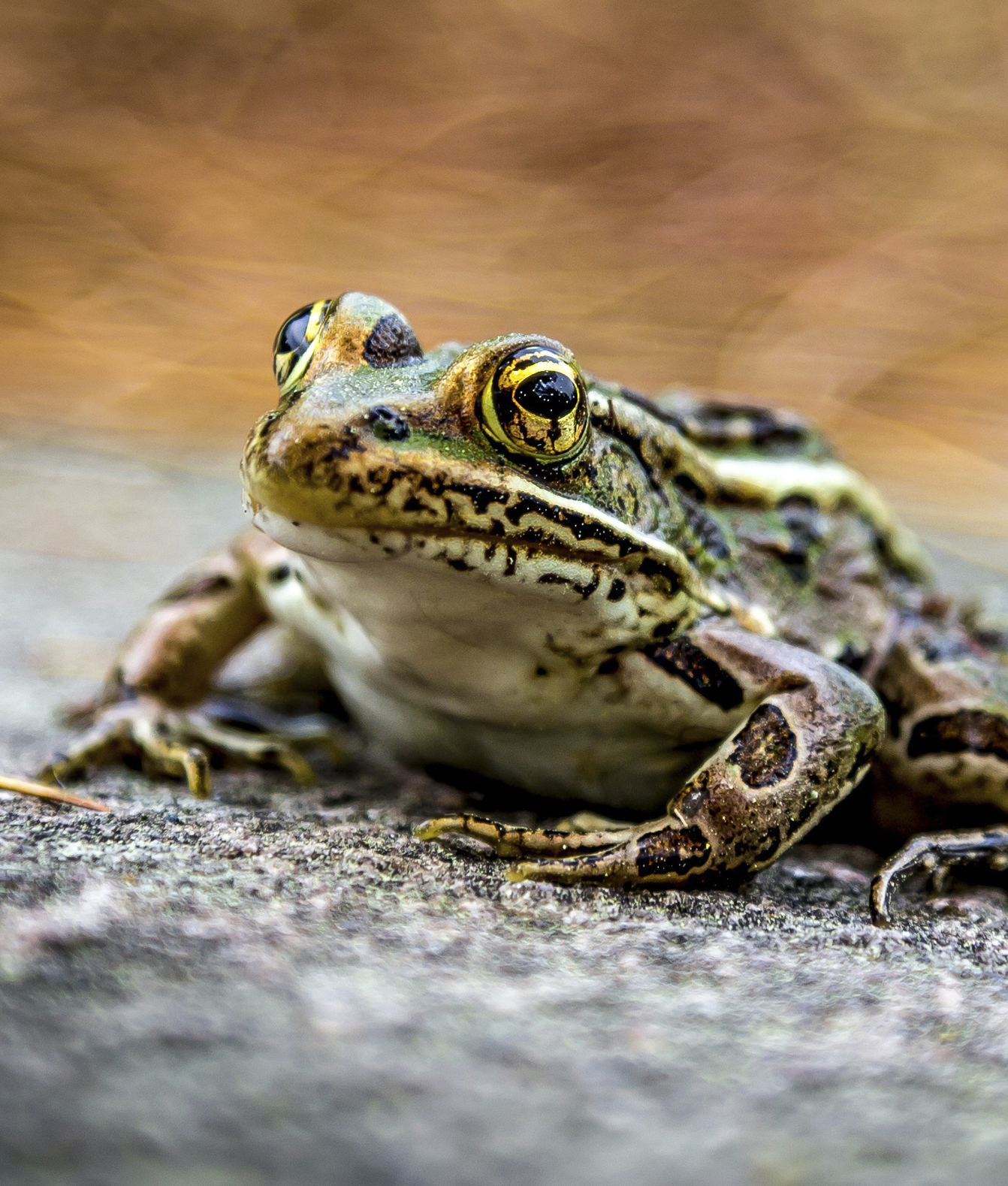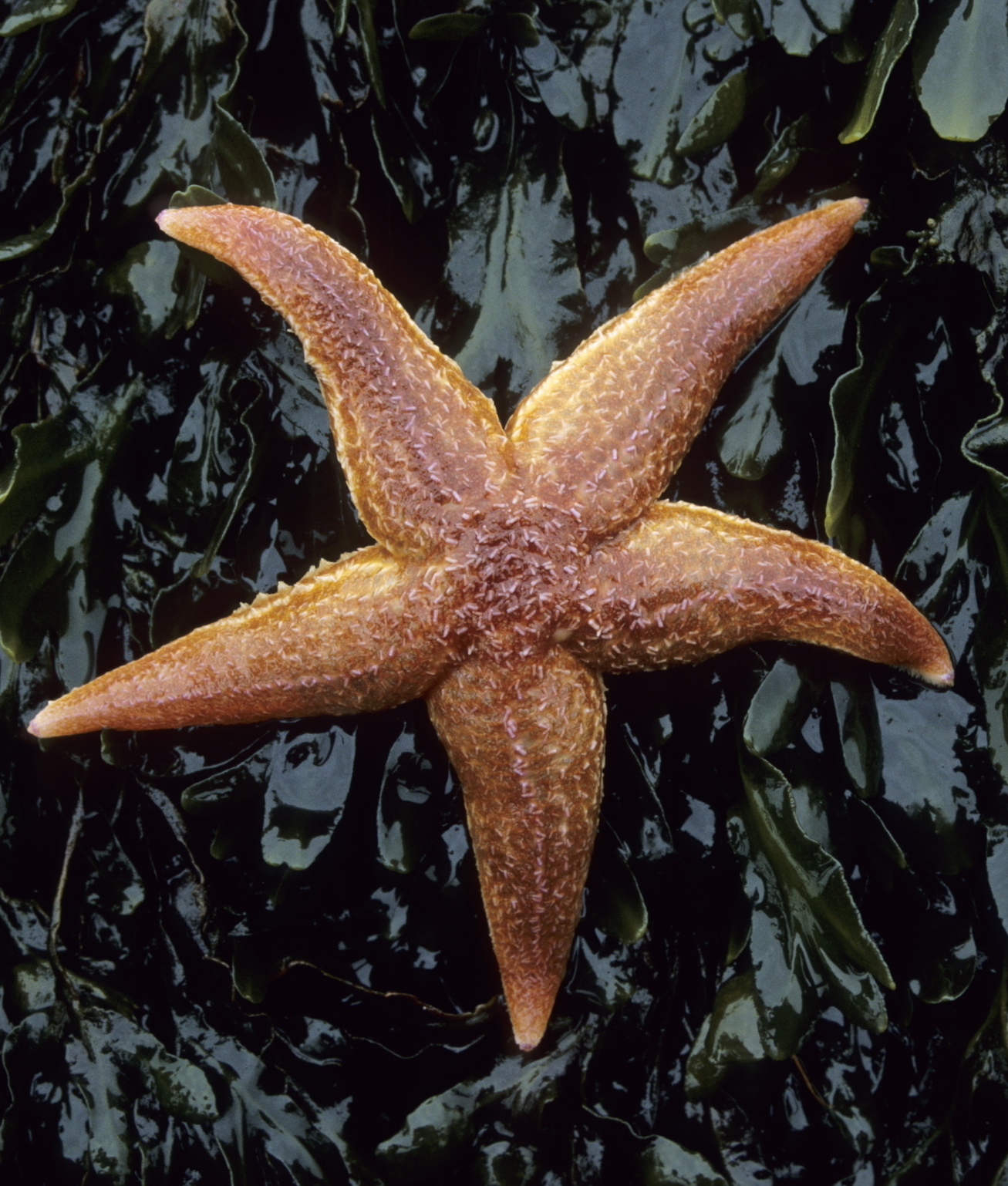
Before you judge an animal based on its name, be sure to take a closer look. Things are not always what they seem in the animal kingdom, and sometimes there's more (or less) to a name than meets the eye.
Image via Watt Jim via Getty Images
Tiger Shark

Named for the dark, vertical stripes they have as juveniles, Tiger Sharks are every bit the hunter that their mammalian namesake suggests. While the stripes on this fish usually fade into adulthood, its strong predatory instincts remain. Tiger sharks will eat just about anything, and they are known to attack surfers.
Image via Jonathan Bird via Getty Images
Sea Lion

A group of sea lions is called a "raft." Even though its name refers to a big cat, a baby sea lion is called a "pup." Quite the noisy bunch, a raft of sea lions make all sorts of noises, like barks, honks, trumpets and roars.
Image via DEA / P. JACCOD via Getty Images
Northern Leopard Frog

With a name that refers to the irregularly shaped dark spots that cover its backs and legs, the northern leopard frog is found throughout North America. While their numbers have declined due to pollution, deforestation and water acidity, northern leopard frogs have another unfortunate factor to take into account: They are the amphibian of choice when it comes to cooking up frog legs.
Image via KevinDerrick via Getty Images
Koala Bear

Though suggested by its name, koalas are not actually bears, but marsupials. That means they birth underdeveloped young that must be reared in the mothers' pouches for a few months before the offspring can survive outside. Koalas are not even related to bears, but rather kangaroos and wombats.
Image via bach005 via Getty Images
Elephant Shrew

More closely related to an elephant than a shrew, the elephant shrew has an elongated nose like its namesake. But with long hind legs that allow it to leap, it also resembles a rabbit! Endemic to Africa, this little animal is sometimes called a "sengi."
Image via killerbayer via Getty Images
Catfish

The long, whisker-like barbels poking out of the catfish's face is where its similarity to felines begins and ends. But not all catfish species have this prominent feature, which contains strong sensors that help the fish smell and detect prey (and predators). There are nearly 3,000 species of known catfish, with likely many more that are yet to be discovered.
Image via Fuse via Getty Images
Guinea Pig

Though it has a compact body that resembles the anatomy of an oinkster, guinea pigs are actually furry rodents. Also known as a cavy, this popular pet was a common food source for the indigenous inhabitants of the Andes mountains in South America as far back as 5,000 B.C.E.
Image via Raymond Boyd via Getty Images
Starfish

Some people have starting calling the starfish a "sea star" for good reason: the marine animal is actually not a fish at all. It's an echinoderm, a specimen that is known for its ability to regenerate limbs, tissues and organs. The starfish is closely related to sand dollars and sea urchins.
Image via Helge Schulz via Getty Images
Prairie Dog

There's nothing canine about the prairie dog, which is actually a burrowing rodent that builds complex underground lairs to inhabit. Unfortunately, the crafty prairie dogs are often killed as pests for their destructive landscaping. It is estimated that 90 percent of the prairie dog population was exterminated in the 20th century.
Image via KCHANDE via Getty Images
Ringworm

There's no doubt that ringworm is as yucky as it sounds, but don't expect to see an actual worm when spotting this skin infection. It's caused by a fungus that displays itself as red rings on an individual's epidermis. Technically, fungi are of a different classification than animals, but we thought ringworm deserved a spot on this list to clarify that it's not really a worm. And beware, because dogs and cats are susceptible to ringworm, and can pass it on to humans via skin contact.
Image via Tom Myers via Getty Images



